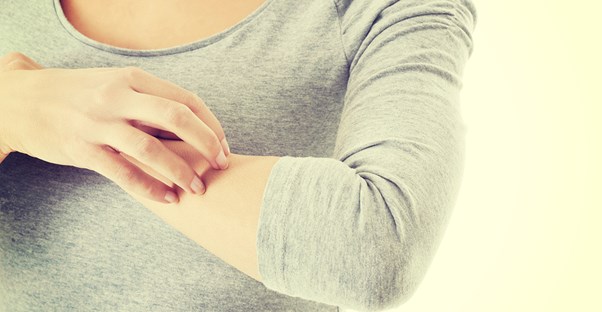Poison Oak
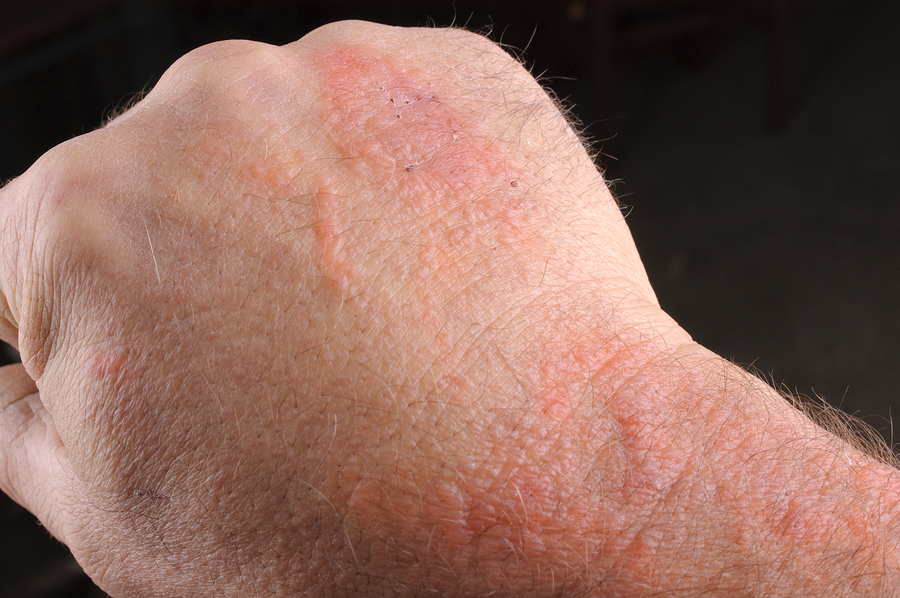
Poison Oak resembles Poison Ivy, but it does look more shrub-like. Its leaves also resemble those of an oak tree. The rash will appear as itchy, small, red bumps that will later develop into blisters. It is fairly common for the rash to ooze or form a crust. Unless there is a severe allergy, at home treatment with calamine lotion and a cool compress will cure the rash.
Poison Ivy
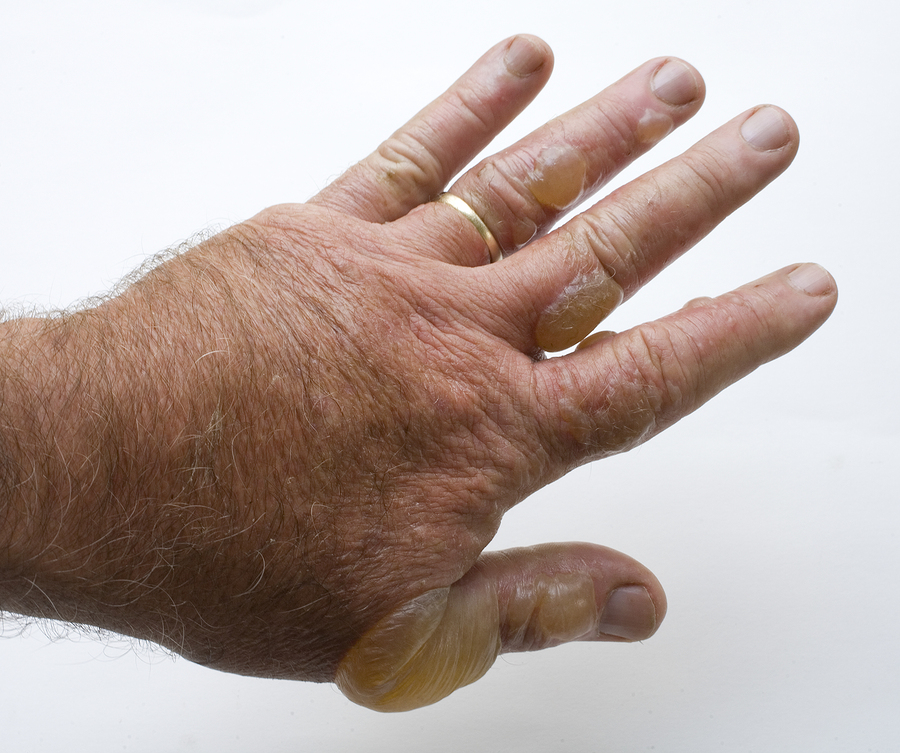
Poison Ivy usually has three almond-shaped, broad leaves, but it could possibly have more. It can grow as either a climbing vine on trees or low to the ground. The symptoms include redness, itching, swelling, and blisters. Like Poison Oak, you can treat a Poison Ivy rash at home with calamine lotion or hydrocortisone cream, and a cool compress.
Poison Sumac

Poison Sumac has longer, thinner leaves than Poison Ivy, and it typically grows into a shrub that is 5-20 feet in height. This rash, like Poison Ivy and Poison Oak, is red, itchy, swollen, and may develop blisters. Since Poison Sumac, Ivy, and Oak all contain the same chemical (urushiol), you can treat them the same with calamine lotion and a cool compress.
Strep Rash

Strep Rash, more commonly known as Scarlet Fever, is caused by a strain of the Streptococcus bacteria. You may have a sore throat along with the rash, but not always. Scarlet Fever symptoms include a red, blotchy rash that first appears on the neck, underarm, or groin, then may spread to other areas of the body. This rash is treated with antibiotics and antibiotic creams, usually from your physician.
Dermatitis
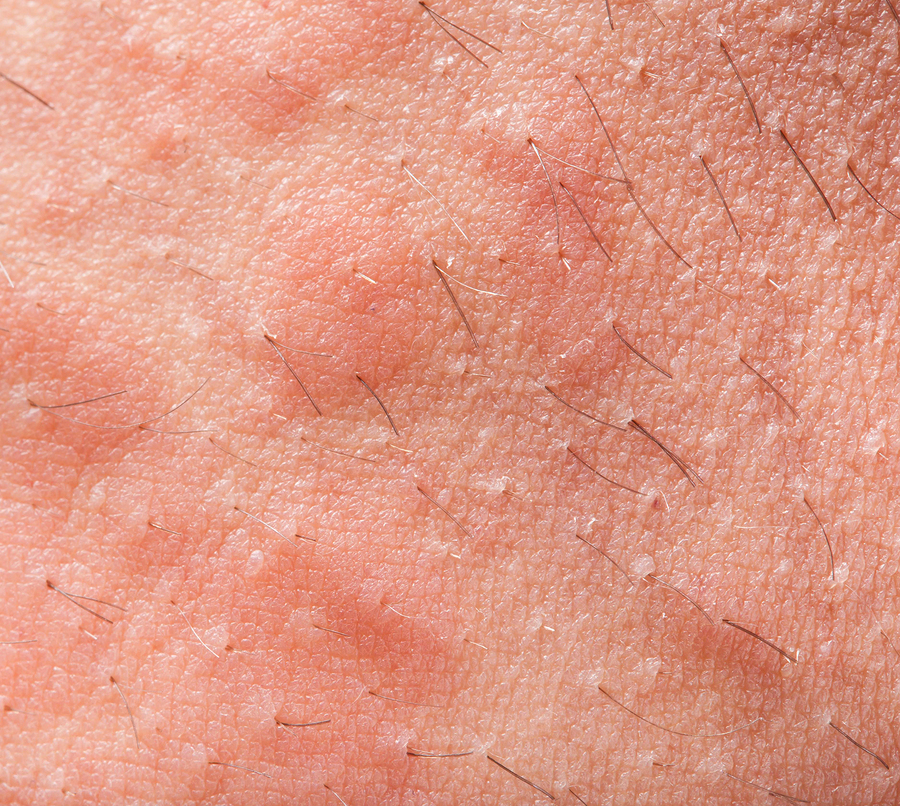
Dermatitis is a general inflammation of the skin and can have many causes, including contact with certain soaps or jewelry that you may be sensitive towards. The rash is usually red and itchy, can form blisters or flake over, or cause moderate to severe pain. Treatment usually encompasses corticosteroid creams and exposure to controlled amounts of natural light (phototherapy).
Rosacea

Shingles
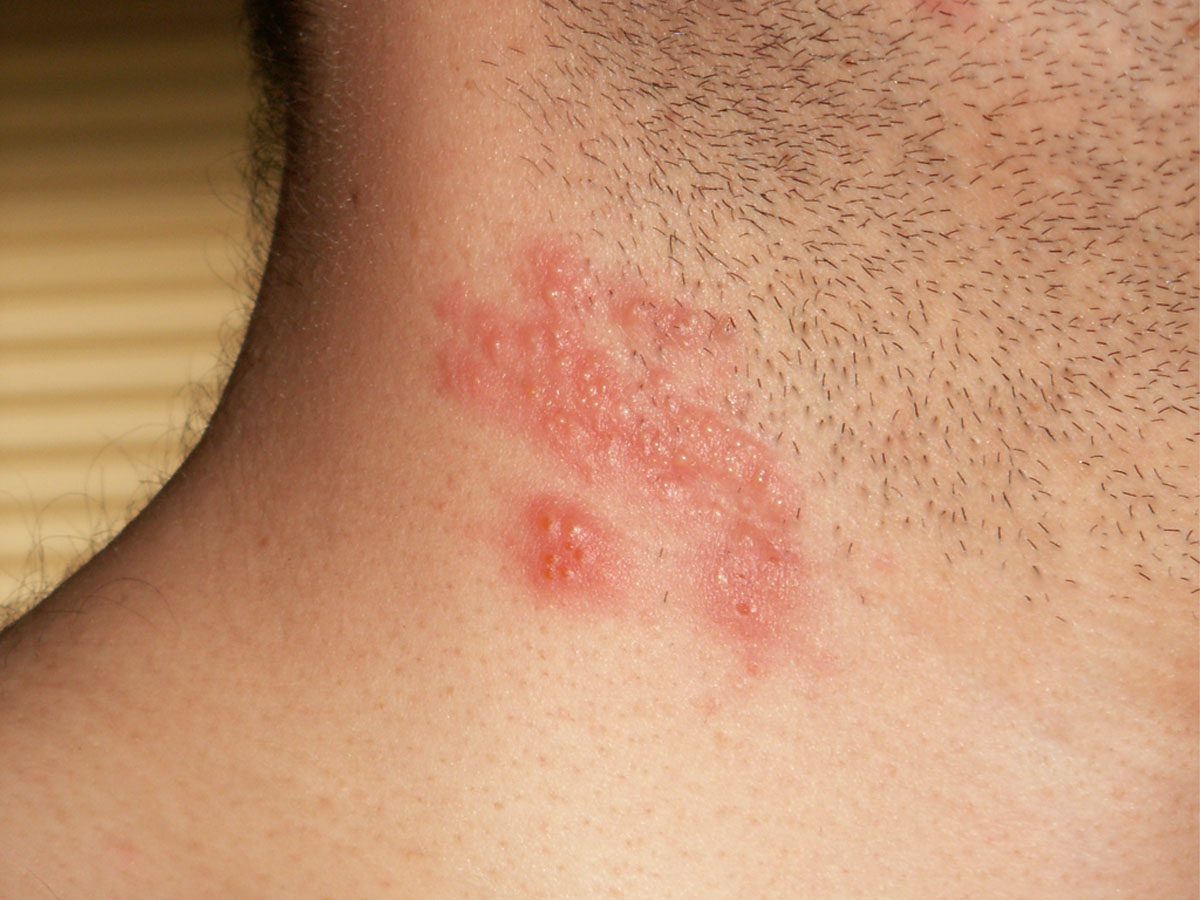
Allergic Reactions
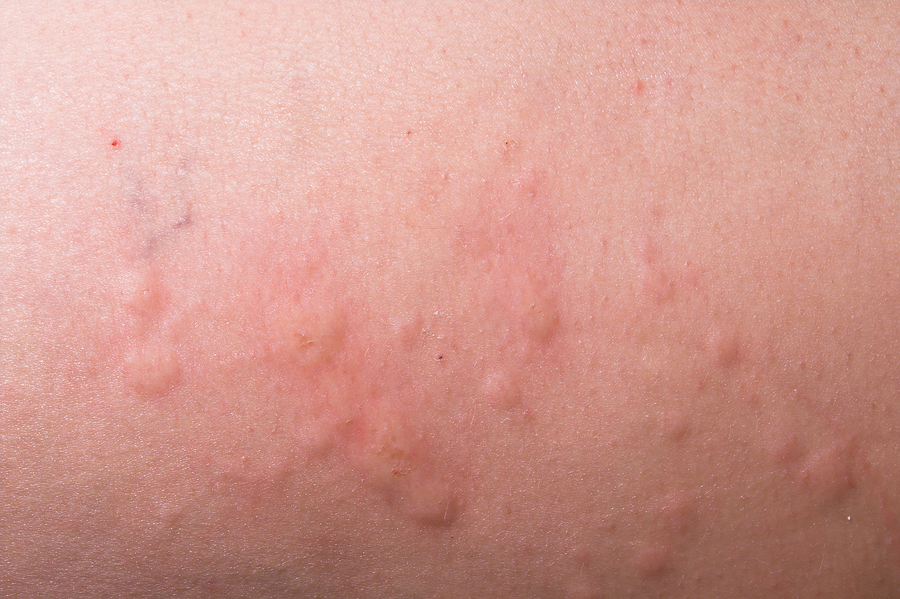
Depending on the severity of the allergy, the rash can be a mild red patch with bumps or you may develop itchy hives. An allergic reaction rash is usually accompanied by other symptoms, like sneezing or possibly wheezing. You can treat the rash at home with antihistamine creams, but you can also ask your physician to write a prescription for a stronger cream.
Home Remedies

Olive oil works well to naturally treat rashes and provide relief for itching. Rub EVOO or a combination of equal parts olive oil and honey onto the rash three times daily until it disappears. Apple cider vinegar also naturally helps rashes heal, along with possibly helping fight the infection that’s causing the rash. Dip a cotton ball in apple cider vinegar and place it on the affected area for 2-3 minutes, three times a day, and it should clear up within a few days.
Other Treatments

 Author
Sherrill Dean
Last Updated: March 19, 2024
Author
Sherrill Dean
Last Updated: March 19, 2024
